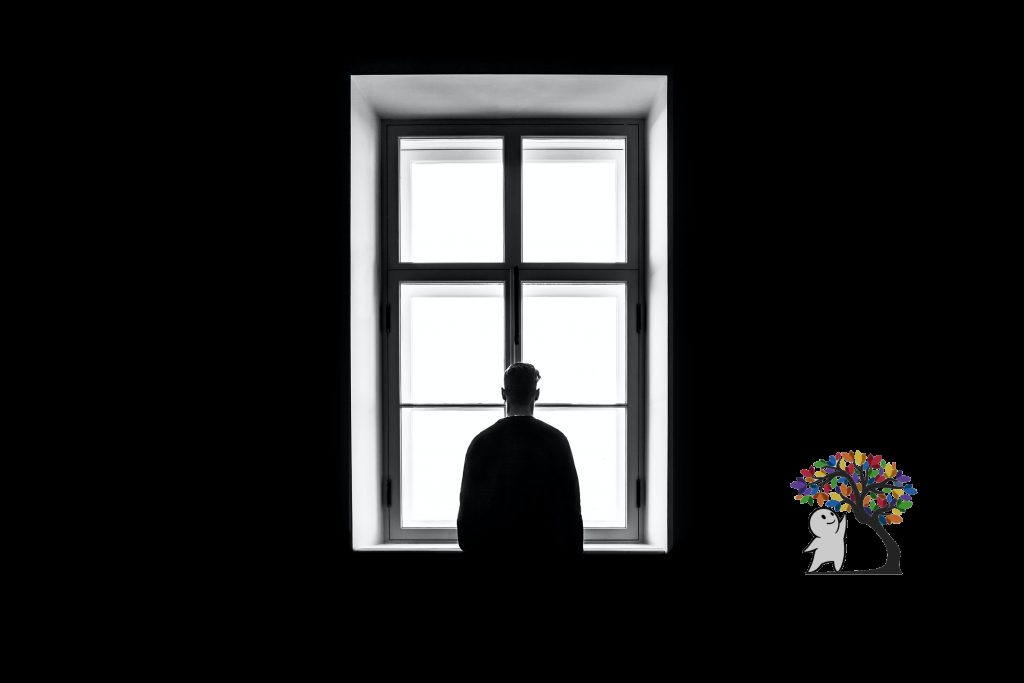Athazagoraphobia: Phobia of Being Forgotten or Ignored?

In recent days, I’ve seen this picture floating around the internet.
It was specifically brought to my attention when a friend of mine asked about the validity of this statement..

Athazagoraphobia (n.) – the fear of being forgotten, ignored, or replaced.
This disorder is supposedly a fear of being forgotten, ignored, abandoned or replaced, and a “health condition” causing “anger and depression”.
Symptoms are listed as:
- Panic attacks
- Irregular heartbeat
- Shortness of breath
- Excessive sweating
- Slurred words or phrases
- Nausea
- Tremors in the body
…time to clear up some misconceptions about mental disorders again.
Like the Truman Show Delusion, this is not an actual mental disorder (in this case, more specifically a phobia). The American Psychiatric Association also does not recognize this as a specific phobia or a mental disorder for diagnosing in the DSM-V.
A phobia is a kind of anxiety disorder marked by a fear, anxiety, and distress about an object or situation.
The phobia is persistent and out of proportion.
They cause significant distress and impairment in normal functioning, and come with severe symptoms; individuals with phobias also have high levels of comorbidity (co-occurrence) with anxiety and personality disorders.
In the United States, prevalence is about 7~9% of the adult population.
Agoraphobia, for example, is a real mental disorder that is diagnosed with one or more phobias of the following situations:
- Using public transportation (e.g., buses, trains, ships, planes),
- Being in open spaces (e.g., parking lots, marketplaces, shopping malls),
- Being in enclosed places (e.g., shops, elevators, cinemas),
- Standing in line or being in a crowd, and
- Being outside of the home alone.
The fear of the presence of these situations, or even just the anticipation of these situations, can have crippling effects, hindering the individual’s normal day-to-day functioning.
Phobias and anxiety disorders are real, but there isn’t a disorder for every worry that a normal person might have. Remember– the fear has to be out of proportion and so extreme that it gets in the way of everything you try to do.
So unless your worries are so extreme that just thinking about meeting people and facing the potential to be forgotten and ignored cripples you to a point where you can’t function properly –please don’t diagnose yourself with athazagoraphobia.
(Yet another example of doing background checks on so called “facts” about mental disorders online.)
Having the suffix -phobia at the end of a long word does not mean that the word stands for an existing mental disorder.
Don’t believe everything you read!
Choy, MD, Yujuan; Fyer, Abby J.; Lipsitz, Josh D. (2007). “Treatment of specific phobia in adults”. Clinical Psychology Review 27 (3): 266–286. doi:10.1016/j.cpr.2006.10.002.
Kessler, PhD, Ronald; Chiu, AM, Wai Tat; Demler, Olga; Walters, Ellen (2005). “Prevalence, Severity and Comorbidity of 12-Month DSM-IV Disorders in the National Comorbidity Survey Replication”. Archives of general psychiatry 62 (6): 617–709.doi:10.1001/archpsyc.62.6.617.
Narrow et al. (2002). “Revised prevalence estimates of mental disorders in the United States”. Archives of General Psychiatry 59 (2): 115–123.doi:10.1001/archpsyc.59.2.115. PMID 11825131.
http://media-cache-ec0.pinimg.com/736x/5d/ba/33/5dba337e10e7f5e11b9ea25357efcdd3.jpg
http://athazagoraphobia.net/
http://dsm.psychiatryonline.org.ezp.slu.edu/content.aspx?bookid=556§ionid=41101761#103437746






Responses